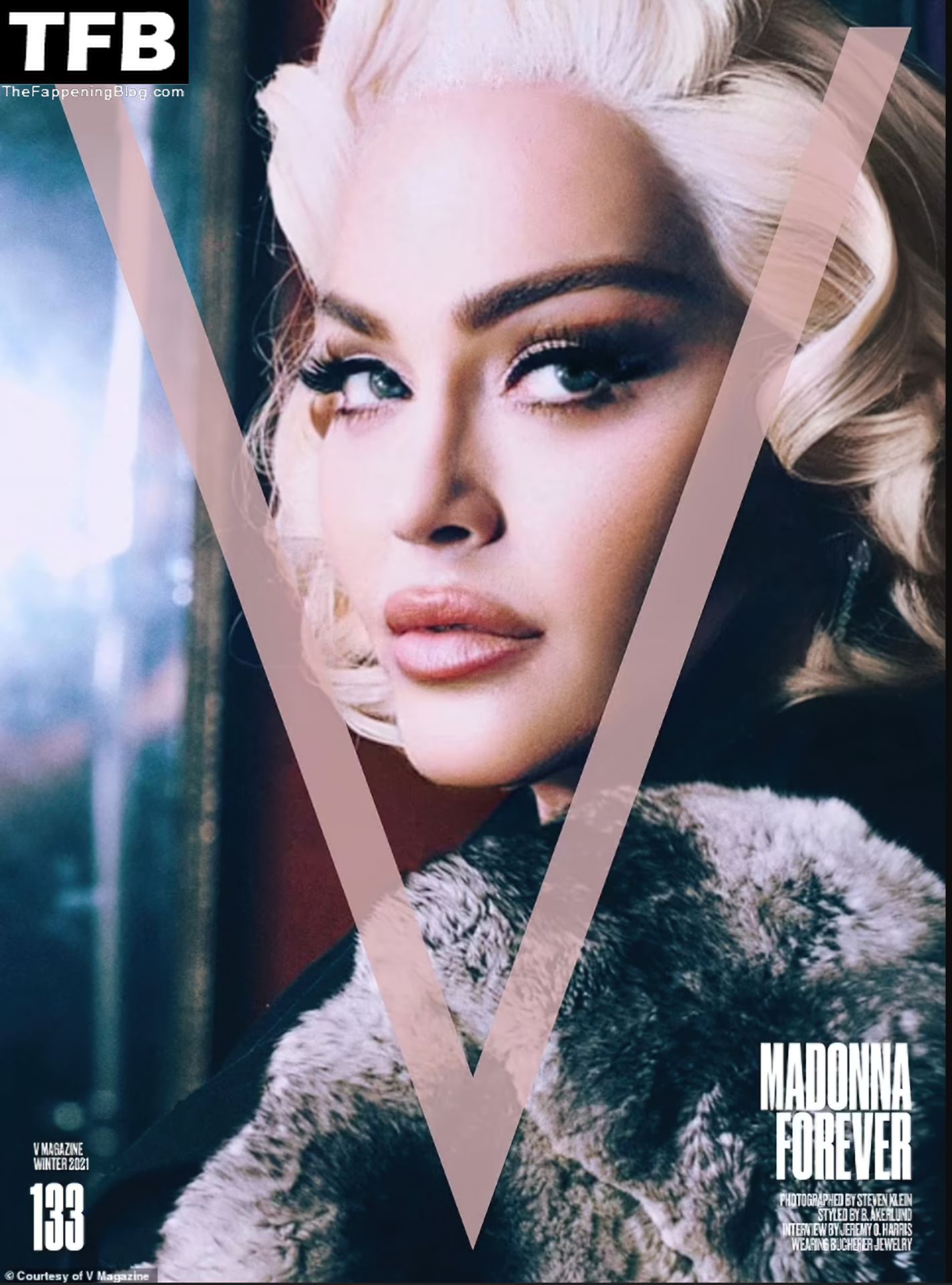Has Madonna, the Queen of Pop, truly transcended the boundaries of artistic expression, or has she ventured into the realm of mere provocation? Madonna's enduring legacy is inextricably linked to her willingness to challenge societal norms, particularly concerning sexuality and the female body, making her a pivotal figure in contemporary culture.
The media, ever eager to dissect her every move, often frames these artistic choices within a narrative of shock value. Yet, to dismiss Madonna's work as solely aimed at garnering attention is to ignore the deeper currents of self-discovery and empowerment that often underpin her creative endeavors. From her early days navigating the burgeoning art scene of New York City to her current reign as a global icon, Madonna has consistently used her platform to spark conversations, challenge taboos, and reclaim agency over her own image.
To fully grasp the impact of Madonna's visual art, it’s important to delve into the specifics of her life and career. Here's a closer look at the woman behind the image:
| Attribute | Details |
|---|---|
| Full Name | Madonna Louise Ciccone |
| Born | August 16, 1958 (Age 65) |
| Birthplace | Bay City, Michigan, USA |
| Nationality | American |
| Spouse(s) | Sean Penn (m. 1985–1989), Guy Ritchie (m. 2000–2008) |
| Children | Lourdes Leon, Rocco Ritchie, David Banda Mwale Ciccone Ritchie, Mercy James, Estere Ciccone, Stella Ciccone |
| Education | University of Michigan (dropped out) |
| Occupation | Singer, Songwriter, Actress, Businesswoman |
| Years active | 1979–present |
| Known for | Pushing the boundaries of artistic expression, her impact on music, fashion, and culture |
| Influenced | Britney Spears, Lady Gaga, and countless other artists |
| Associated acts | Various collaborations throughout her career |
| Website Reference | Madonna's Official Website |
The early 1980s saw Madonna emerging from the vibrant New York City art scene. Before she was the global sensation, she was an aspiring dancer, navigating the city's creative undercurrent. In this period, before the glitz and glamour, intimate photographs were taken, capturing a young Madonna in a series of nude poses. These images, later dubbed The Lost Nudes, offered a glimpse into her nascent artistic vision and the raw vulnerability that would later become her signature.
The release of her book, 'Sex', in 1992, was a watershed moment, igniting a global conversation about sexuality and the role of women in the public eye. The book's sexually explicit content, a mix of photography and personal reflections, was met with both intense criticism and fervent support. While some condemned it as exploitative, others hailed it as a bold statement on female desire and the deconstruction of societal taboos. This period revealed her as a true provocateur.
Fast forward to November 2021, and the story takes another turn. Pictures circulated online, sharing new, intimate glimpses of the pop icon, this time from within the privacy of her Los Angeles bedroom. The photos, which showcased her in various states of undress, served as yet another reminder of her unflinching approach to self-representation. Madonna continues to be the subject of both admiration and debate; even after decades in the public eye, she still manages to surprise and challenge.
In October 2022, Madonna again captured attention, posting a series of topless photos on her Instagram feed. This action served as a reminder that she was not one to shy away from the visual exploration of her body, a theme that’s recurred throughout her career. This instance came during the celebration of the 30th anniversary of her groundbreaking album, further intertwining her artistic endeavors with her image. The bold move underscored the enduring legacy of her influence.
It's undeniable that Madonna's choices often generate controversy. Her use of nudity has repeatedly sparked debate, with critics questioning the motivations behind her artistic choices. Accusations of seeking attention or, worse, being inappropriate, are not uncommon. These criticisms often reflect the conservative values she actively challenges.
However, to solely focus on the controversy is to miss the larger narrative. Madonna's work can be seen as a radical act of reclamation. She has consistently used her platform to challenge patriarchal norms and to celebrate female sexuality on her own terms. By openly embracing her body and challenging conventional standards of beauty, she has paved the way for other women to feel empowered.
The visual narrative of Madonna’s life is complex, including raw, intimate snapshots from the 1970s and contemporary, curated Instagram posts. These images, however, are not simply random photos; they are part of a broader artistic statement. They reflect the continual evolution of her self-expression, inviting her audience to engage in ongoing dialogue about body image, sexuality, and the female experience. In her art, she not only captures a physical presence but also an attitude, a statement of self-ownership.
The core of her approach has been consistent: a refusal to conform to expectations and a deep-seated desire to use her platform to challenge the status quo. Madonna’s career is thus a testament to the power of artistic self-expression, and the courage it takes to confront societal norms. Whether viewed through the lens of art, music, or cultural commentary, Madonna remains an undeniable force, forever pushing boundaries and inviting the world to look, and think, again.

